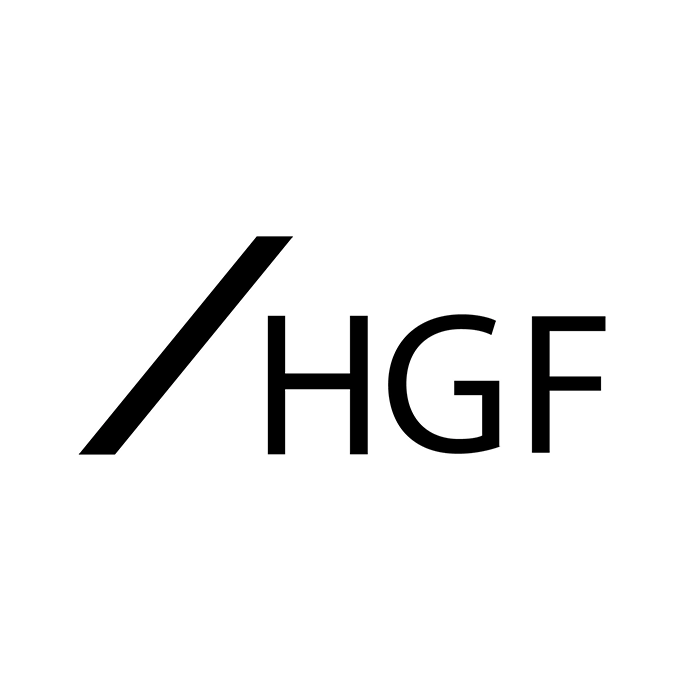Retail Scanner
Product upcycling and brand owners
April 2021
Upcycling has become increasingly popular in recent years, the increase in environmental awareness amongst both businesses and consumers driving the trend, but with this comes new challenges for brand owners.
Upcycling is a particularly unique concept from a trade mark perspective, we have seen cases previously, such as where Rolex challenged Vintage Watchmaker LLC in the US for offering non-Rolex approved spare parts, asserting that this amounted to counterfeiting, but upcycling is somewhat distinct. The original product has been taken and repurposed, reworked, reused or even reimagined, but if it still bears the brand owners trade mark, it is understandable why this might grasp the brand owners attention.
It would be difficult to see how you could argue upcycling as providing counterfeit goods in the way that Rolex argued that using non-approved parts would make the watch counterfeit, but what can be argued is that by upcycling, the “upcycler” is infringing the trade mark, diluting the brand, taking unfair competition, causing reputational damage and confusion. A number of bold claims, but all have been made recently in a case brought by Chanel against Shiver and Duke LLC in the US, who have been producing jewellery from authentic Chanel buttons featuring their interlocking “C” monogram trade mark, in a case where the brand owner arguably has a much more justifiable claim of infringement.
The main issue for brand owners in upcycling cases is the principle of exhaustion in the UK and EU, or the first sale doctrine in the US, which in most simple form establishes that once a trade mark owner releases their goods to the market, they cannot prevent subsequent re-sale. However, in cases such as Chanel, this starts to hit a grey area, a genuine product has been sold, rights therefore exhausted in that product, therefore can you then control what is done with those parts and how those re-worked parts are sold and the references used to do so.
There are perhaps two sides to this coin and businesses are in tricky position, especially with the public eye and media. Ultimately we should in theory be encouraging re-purposing and ways to reduce wastage, but on the flip side, if there is room for confusion and consumers to believe the products are your own, clearly that is not desirable if others could profit from your reputation, in addition to the fact that control over quality and customer service is lost, as such it is understandable to see cases such as the one brought by Chanel in this instance. Also brand owners have to be careful in that many of the most enthusiastic ‘up-cyclers’ at least at the smaller scale end of the market are the most ardent fans of the brand.
Background to this Chanel case is that in response to Shiver and Duke producing costume jewellery items featuring Chanel’s “C” monogrammed buttons, Chanel first sent a cease and desist letter to Shiver and Duke, to which Shiver and Duke simply replied by adding the wording “reworked, reimagined, original design of Shiver and Duke” to the products, but still stating they were made from authentic Chanel buttons, they also added “SD SHIVER + DUKE” to the back of the buttons. Whilst some of this response may be satisfactory, such as making it clear they are original designs of Shiver and Duke, the addition of the inscription on the button may create more room for confusion. Ultimately this case is yet to be decided and US related, but highlights an important fact profile to be aware of.
One must look at the issue of upcycling from both a purely legal perspective and from the practical reputational perspective associated with any proposed enforcement action. A reasonable assessment of whether a brand owner has a case can be found in the answer to the question of what is the new product? Is it different from the product sold by the brand owner? If the answer is yes, then the brand owner should have a reasonable basis for a claim. Looking at the Chanel case, the product on sale is no longer a button, but a piece of jewellery which Chanel did not consent to be sold. With regards to the Rolex case, the product on sale is still arguably a watch. Further, is the brand owners trade mark being used in a branding sense to sell the new product concerned or merely in a descriptive sense to ‘describe’ what makes up the product. If the former, the brand should have a reasonable basis for the claim, if the later less so. Finally, regardless of the legal strengths of the brand owners position, upcycling raises specific issues when one comes to enforcement. Many small scale upcyclers are fans of the brand and to take too an aggressive stance on enforcement in these cases could lead to ‘reputational blow back’. If such infringers are small scale brand fans maybe an educational policy is better than an enforcement policy. However, where sales are of such a commercial level to cause damage to the brand, enforcement may be the only option.
In the age of environmental awareness and also rather topically, the age of coronavirus where during lockdown many have taken to their kitchen tables to get creative and even raise some extra capital, upcycling is likely to only increase in prevalence and so an awareness and evolutionary approach will need to be considered by brand owners.
This article was prepared by HGF Trade Mark Attorney Suzan Ure.

































